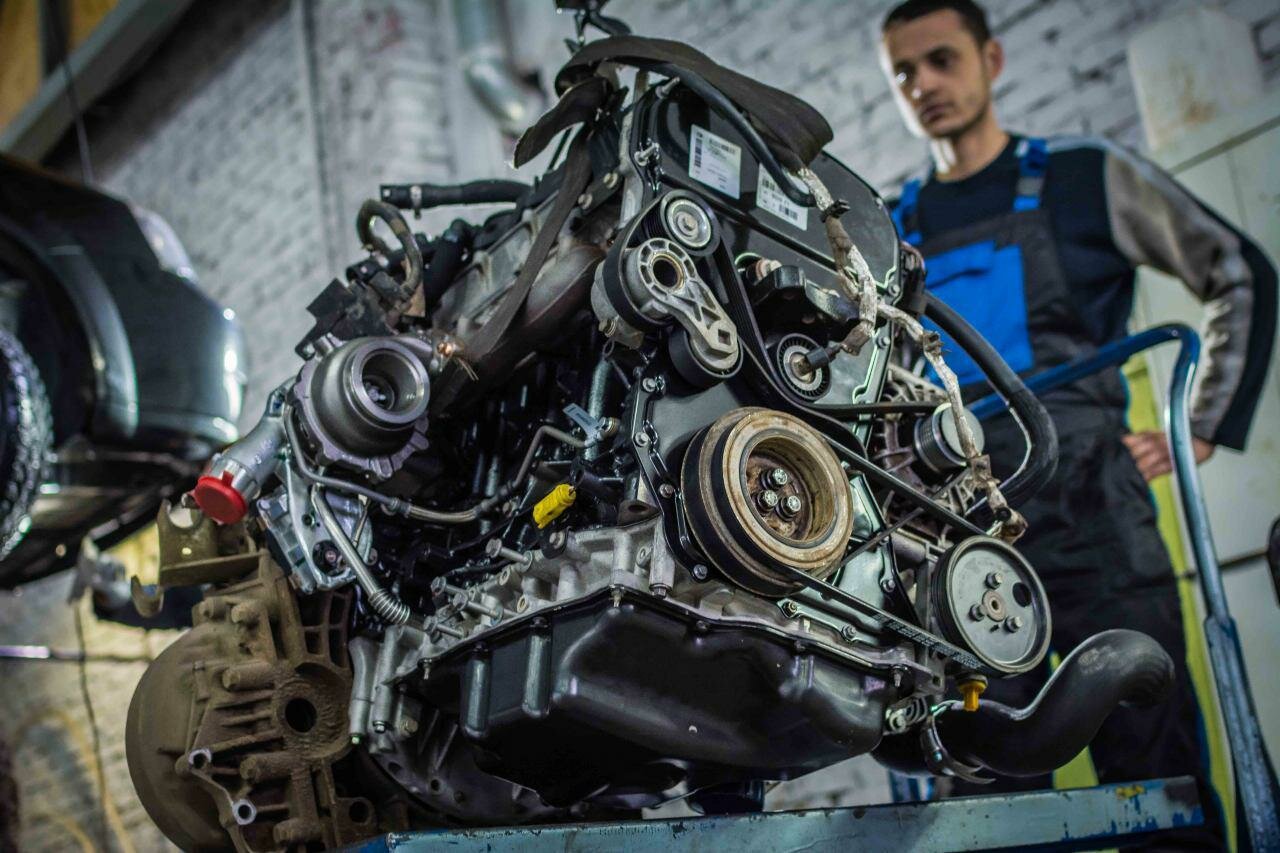Dodge Charger 3.6 Engine Overview
The Dodge Charger has been a staple in the American automotive landscape since its inception in the 1960s. Originally introduced as a high-performance muscle car, the Charger has evolved over the decades into a modern sedan that combines power with practicality. The current generation, which debuted in 2011, offers a range of engine options, including the popular 3.6-liter Pentastar V6 engine. This engine was designed to provide a balance of performance and fuel efficiency, appealing to a broad audience of drivers.
3.6 Engine: Performance and Popularity
The 3.6-liter engine has garnered attention for its respectable horsepower and torque, making it a suitable choice for those who want a sporty driving experience without stepping up to the more powerful HEMI V8 options. It delivers a commendable output of around 292 to 300 horsepower, depending on the model year and configuration. This engine has made the Charger an attractive option for those seeking a blend of everyday usability and spirited performance.
However, despite its popularity, the 3.6-liter engine is not without its issues. Owners have reported a variety of problems that can affect performance, reliability, and overall driving experience. These issues range from minor annoyances to significant mechanical failures, raising concerns among current and prospective owners. Understanding these problems is crucial for anyone considering the purchase of a Charger equipped with this engine, as they can impact not only the vehicle’s performance but also its long-term reliability and maintenance costs.
Dodge Charger 3.6 Engine Problems: A Closer Look
The Dodge Charger 3.6 engine has its share of problems that can affect performance and reliability. While many owners enjoy the power and efficiency of this engine, several common issues have been reported. Understanding these problems can help current and potential owners make informed decisions about maintenance and repairs.
Common Issues with the 3.6 Engine
The following are some of the most frequently reported problems associated with the Dodge Charger 3.6 engine:
- Oil Leaks: One of the most common issues is oil leaks, often stemming from the valve cover gaskets or oil filter adapter. These leaks can lead to low oil levels, which may cause severe engine damage if not addressed promptly.
- Overheating: Some owners have reported overheating issues, which can be attributed to a malfunctioning thermostat or water pump. Overheating can lead to significant engine damage if not resolved quickly.
- Timing Chain Problems: The timing chain can stretch or fail, leading to poor engine performance and potential catastrophic failure. This issue is particularly concerning as it can result in extensive engine damage.
- Misfires: Engine misfires can occur due to faulty spark plugs, ignition coils, or fuel injectors. Misfires can lead to reduced performance and increased emissions.
- Check Engine Light: The check engine light can illuminate for various reasons, including sensor failures or emissions issues. Diagnosing the underlying problem is essential to avoid further complications.
Impact on Performance and Reliability
The problems associated with the 3.6 engine can significantly impact the vehicle’s performance and reliability. For instance, oil leaks can lead to low oil pressure, which may cause the engine to seize. Overheating can warp engine components, leading to costly repairs. Timing chain issues can result in a complete engine failure, necessitating a full replacement.
Maintenance and Repair Considerations
Regular maintenance is crucial for preventing many of the issues associated with the 3.6 engine. Owners should adhere to the following maintenance practices:
- Regularly check and change engine oil to prevent leaks and maintain lubrication.
- Monitor coolant levels and check for leaks to avoid overheating.
- Inspect the timing chain and related components during routine maintenance.
- Replace spark plugs and ignition coils as recommended to prevent misfires.
Top views |
|
|---|---|
 |
Oil, Timing Chains, Pistons: What Really Kills an Engine Prematurely? |
 |
How to Choose a Car with a Reliable Engine: Used Car Market Hacks That Actually Work |
Symptoms and Consequences
Understanding the symptoms of these problems can help owners address issues before they escalate. Below is a table summarizing common symptoms and their potential consequences:
| Symptom | Potential Consequence |
|---|---|
| Oil spots under the vehicle | Engine damage due to low oil levels |
| Engine overheating | Warped engine components, costly repairs |
| Rattling noise from the engine | Timing chain failure, engine replacement |
| Rough idling or hesitation | Reduced performance, increased emissions |
| Check engine light on | Potential for serious engine issues |




0 Comments